For cyclists managing diabetes, building muscle through bodyweight training isn’t just about strength—it’s a powerful tool for blood glucose control, endurance, and long-term health. Unlike heavy gym routines, bodyweight exercises offer a safe, accessible, and flexible way to boost insulin sensitivity, support metabolic function, and enhance cycling performance—all without equipment.
This guide delivers 45 practical bodyweight movements, complete with tracking strategies, motivation cues, and diabetes-specific tips to help you stay consistent, energized, and in control.
Cycling builds cardiovascular fitness but often neglects upper body and stabilizing muscles. Adding bodyweight strength training fills that gap. More importantly, muscle tissue improves glucose uptake, reducing insulin resistance—a critical benefit for type 1 and type 2 diabetes management.
Bodyweight workouts are low-impact, modifiable, and can be done anywhere—ideal for fluctuating energy levels or unpredictable glucose patterns. When paired with cycling, they create a balanced fitness ecosystem: endurance from the bike, strength from bodyweight moves.
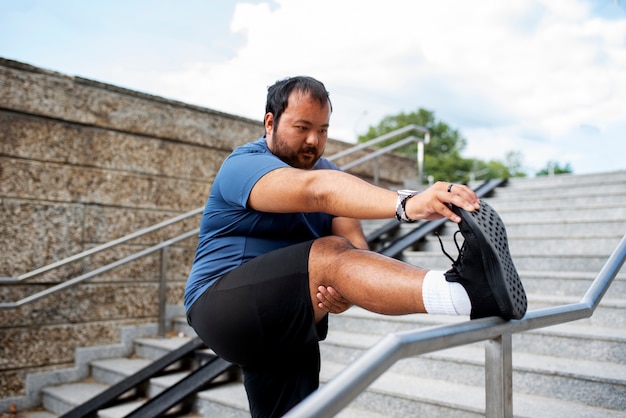
Below are 45 effective, scalable bodyweight exercises grouped by muscle focus. Perform 2–4 sets of 8–15 reps, adjusting based on energy and glucose levels.
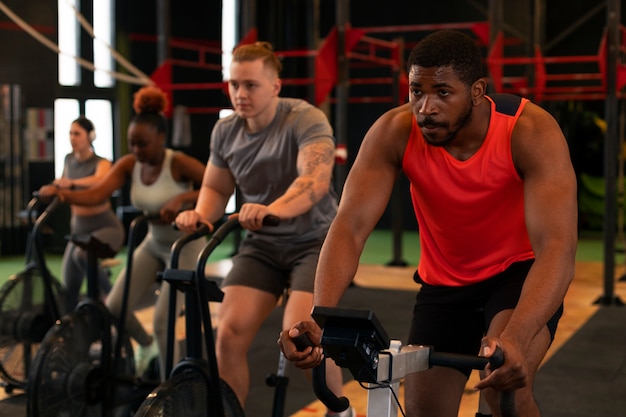
Consistency matters more than intensity. Use these tracking tools to stay on course:
Apps or simple notebooks work—choose what fits your routine.
Staying motivated with a chronic condition takes intention. Use these cues:
Building muscle with bodyweight training is a sustainable, empowering way for cyclists with diabetes to take control of their health. These 45 exercises, combined with mindful tracking and motivation, create a realistic path to strength, stability, and better glucose management. Remember: progress is personal. Celebrate every step forward—your body will thank you.

Fitness

Fitness

Fitness

Fitness

Fitness
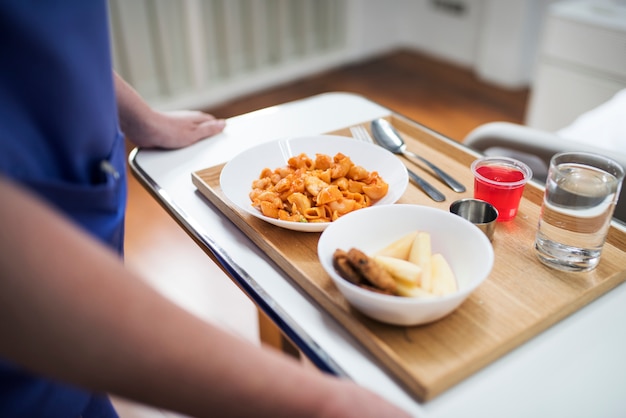
Health

Fitness

Fitness

Health
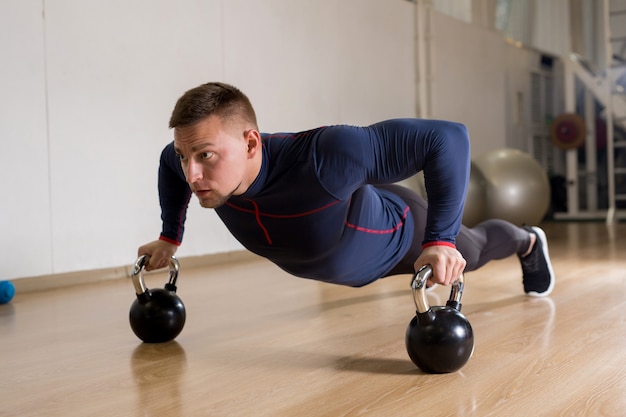
Fitness
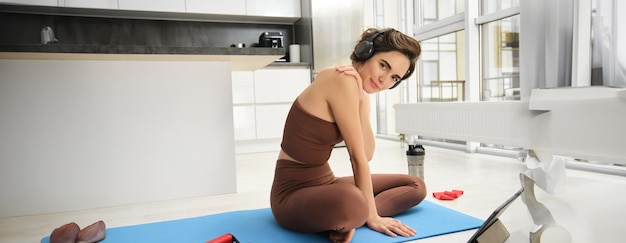
Fitness

Fitness

Health

Fitness

Health

Health